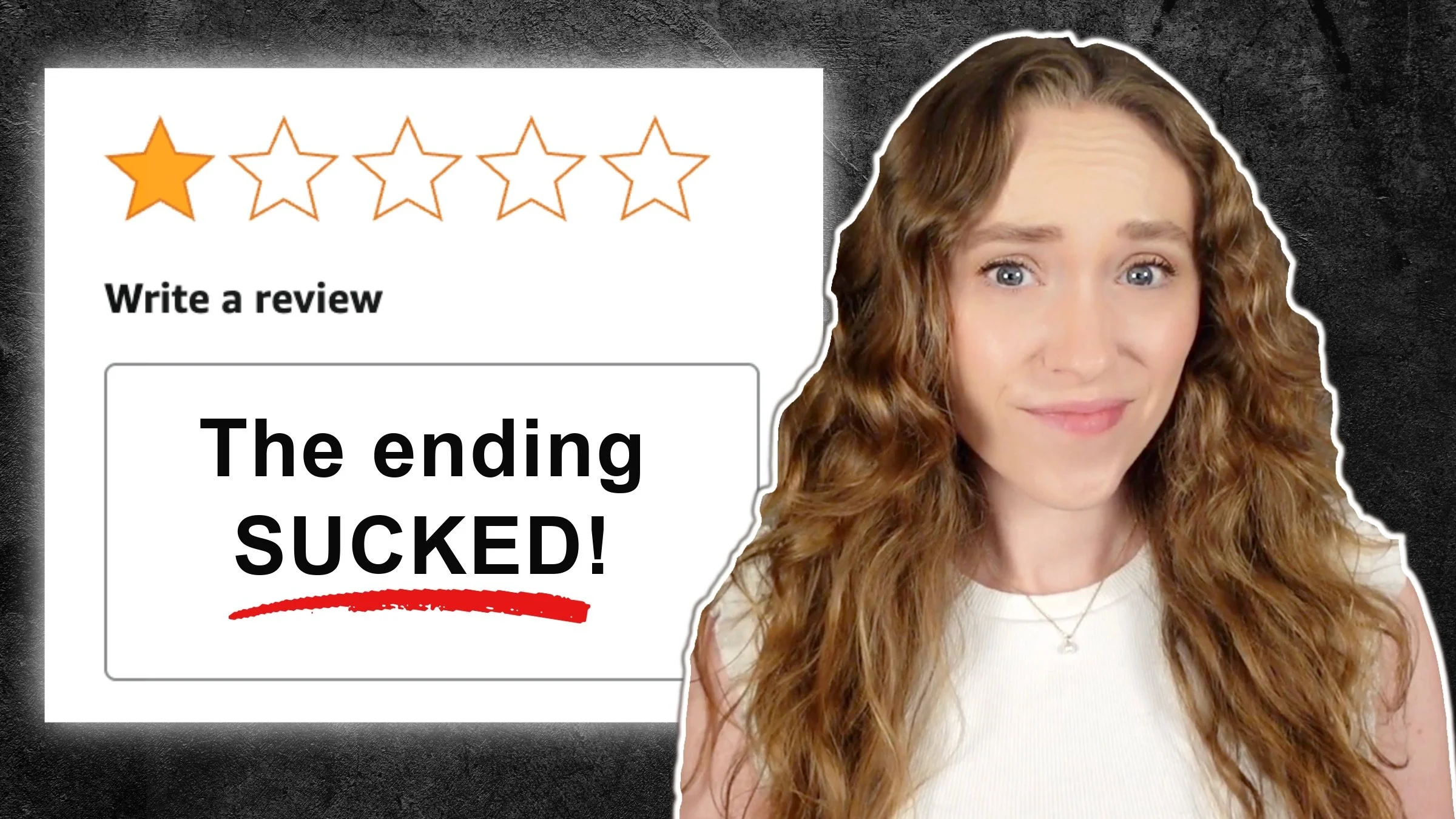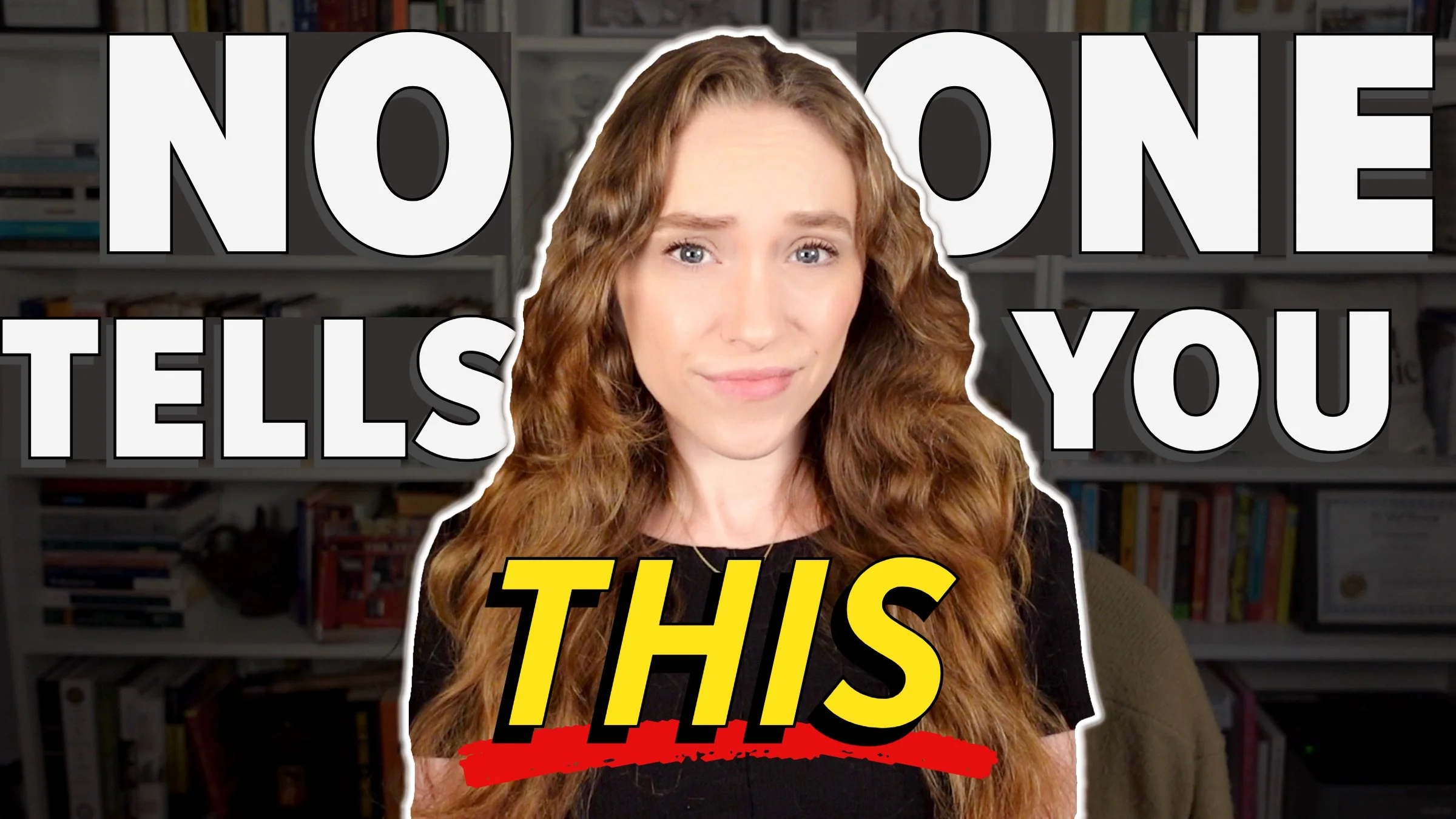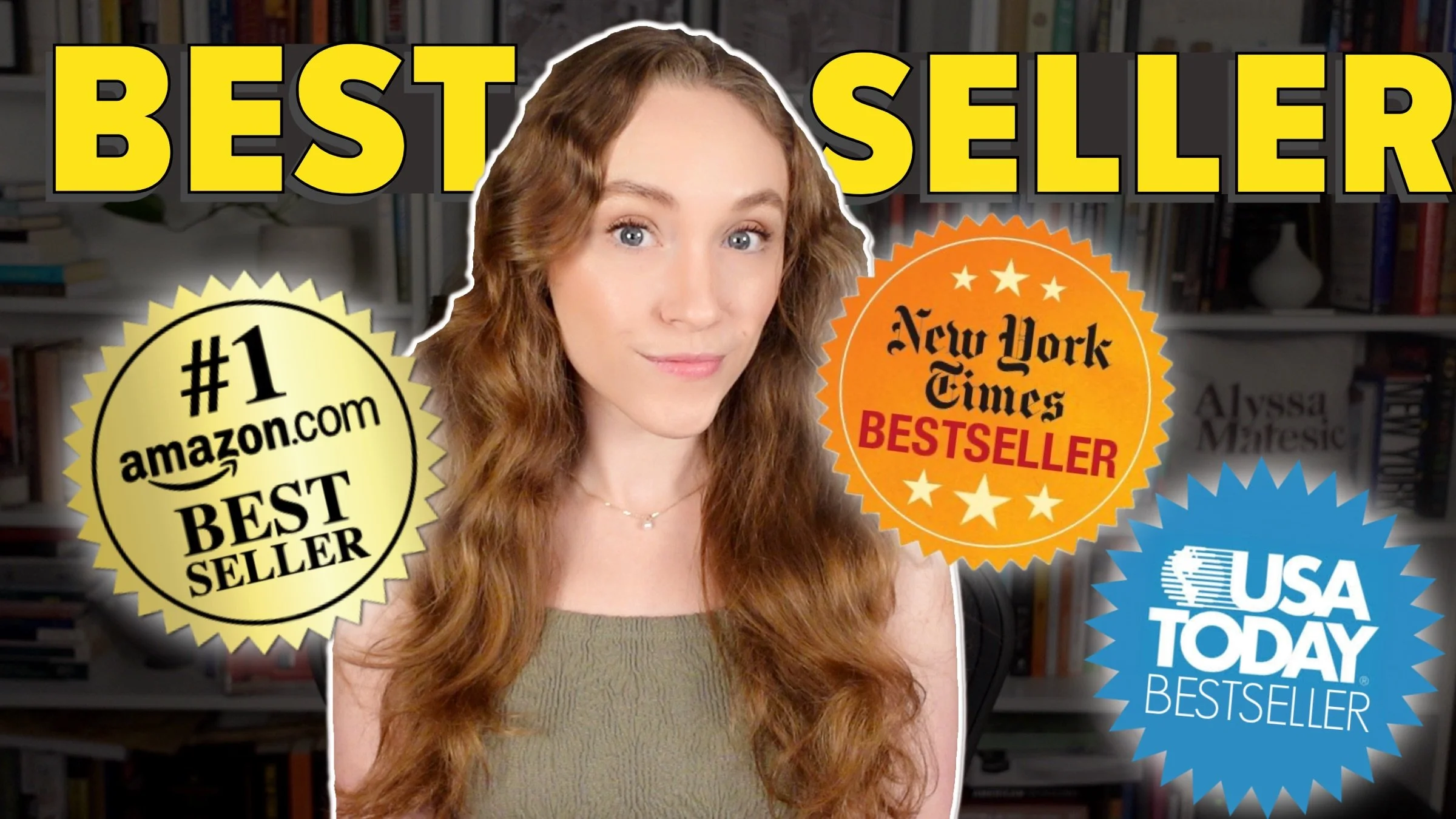How to Write a Novel Opening That Hooks Readers
HIT PLAY OR READ THE POST BELOW:
As a professional book editor, I spend a lot of my time working with writers on the opening pages of their novel. This is because these pages are critical to your novel's success.
These pages need to engage the reader and entice them enough to commit hours to reading your book. Worst case scenario, your reader will be turned off by those first 10 pages and put the book down. Plus, if you are seeking a literary agent's representation, it is vital that these novel opening pages hook them enough to request the full manuscript and take your project on.
In this article, I'm going to walk through how to write a novel opening that hooks the reader by revealing the three key elements your novel’s opening pages need in order to be effective. I also will go over an example of a successful opening chapter from my all-time favorite novel.
1. A Point of Conflict
The very first element that your opening pages need is a point of conflict. There needs to be some sort of tension right off the bat.
Now, it doesn't need to be tremendous. There doesn't have to be a war or apocalyptic event going on between the characters. It doesn’t even have to be physically violent or aggressive. As long as there is some sort of struggle, the reader will be interested in seeing how to pans out. Many sources of conflict come from an internal decision the main character is making, such as deciding to move to a new country or even figuring out what to wear for a date.
No matter what, there needs to be something that the character or characters are grappling with in those opening pages, because that's going to be what pushes the reader to keep reading.
A point of conflict does two key things. One, it makes the reader interested enough to keep reading the story to see how that point of conflict unfolds and shakes out. Two, it's going to give the readers a sense of how the characters think, what goes on inside their heads, what's important to them, and what their motivations and fears are. That is all wrapped up in this initial point of conflict that you need to bake into your opening pages.
2. Intriguing Characters
The second key element that your opening pages must have is intriguing characters. One of the biggest mistakes I see writers make in the opening chapter is spending a lot of time worldbuilding in minute detail. While that is certainly valuable, you don't want to spend all of your critical opening page time on just setting and worldbuilding.You shouldn’t sacrifice character development, as most readers are reading to connect with a character.
If your novel is in first person, this is especially critical because the reader could put your book down if they don't immediately connect with the narrator and the narrator's voice. So, take another look at your opening pages and make sure they have a balance of character establishment and worldbuilding.
This isn't going to work for every single novel, but in an ideal world your opening chapter would feature some of your main characters and, in a perfect world, your protagonist. The reason I say “a perfect world” is because your opening chapter might not include your protagonist. However, the risk you end up taking is of the reader falling in love with what they read in that opening chapter, but then feeling cheated whenever those characters actually aren’t the main ones in the story.
For instance, this might happen if you have a novel where the narrative takes place in a certain time frame, but the opening chapter is set 20 years earlier to establish some type of event that led to whatever's happening in the present day. This is a tricky opening to use, although of course there are plenty of successful books that make it work. Just keep in mind that it is going to be tricky because you don't want to hook the reader on that 20 years ago narrative and then they realize the story hasn’t actually started until a chapter in.
Ideally the characters that you're bringing into the opening pages are the characters the reader engages with for the duration of the novel. So see if you can rework your opening chapters to showcase what's exciting about them.
3. Strong Momentum
The final element that all successful novel opening pages have is strong momentum. This is related to my first point about having a point of conflict, but it is a separate element if the initial conflict established resolves itself quickly.
If the initial conflict resolves itself quickly, you need to continue to propel the reader forward into the rest of the novel. A sense of suspense is something that we often talk about in mystery, crime, or thriller novels, but every single novel should have an element of suspense. Suspense is simply an element that keeps the reader reading. If there's no question of what's to come or desire to unravel the plot, then there's nothing urging the reader to be reading.
Again, it’s critical to maintain reader retention during the opening pages, as the beginning of a novel is the easiest time for readers to give up and put the book down. For instance, maybe they're in the bookstore and they're just browsing those opening couple pages to decide if they want to purchase your book.
By keeping a strong momentum and teasing the reader with bits and pieces of the story, you will keep the reader committed to your story.
An Example: The Things They Carried
These three elements might sound theoretical with no practical use, so here I want to go over an example to show you how all three of these elements play out in a successful opening chapter.
My favorite novel is The Things They Carried by Tim O'Brien. It is a work of fiction that blew me away when I first read it in high school. I initially didn't want to read it, as I didn't think a story about the Vietnam War was going to engage me. But when I opened that first page, I was immediately hooked by this passage:
First Lieutenant Jimmy Cross carried letters from a girl named Martha, a junior at Mount Sebastian College in New Jersey. They were not love letters, but Lieutenant Cross was hoping, so he kept them folded in plastic at the bottom of his rucksack. In the late afternoon, after a day's march, he would dig his foxhole, wash his hands under a canteen, unwrap the letters, hold them with the tips of his fingers, and spend the last hour of light pretending. He would imagine romantic camping trips into the White Mountains in New Hampshire. He would sometimes taste the envelope flaps, knowing her tongue had been there. More than anything, he wanted Martha to love him as he loved her, but the letters were mostly chatty, elusive on the matter of love.
The writing is, of course, beautifully composed. But what is actually baked into the opening scenes that makes them so effective?
The first line immediately establishes an intriguing character: first lieutenant Jimmy Cross. Jimmy does end up being one of the main characters that we follow in the novel. Plus, in that same first sentence, the reader is curious as to why he is carrying letters from this girl: here’s our point of tension. We also understand he's a first lieutenant, so we immediately wonder where he's currently stationed and how long he's potentially been on duty.
About midway through the passage it talks about Jimmy’s routine–“after a day's march”–which helps establish some momentum. The reader sees that Jimmy has a routine, but is further curious about how the letters play into this war zone, as Jimmy is marching towards some place, probably a battlefield. There is an added sense of potential danger, as the troops seem to be heading towards conflict.
As readers, we see that there is a major conflict ahead (the war), but it’s being contrasted against Jimmy’s smaller, more personal turmoil. The last line really hammers it in, as it’s revealed that Martha doesn’t seem to like him the same way he likes her. Unrequited love is a classic plot point, and it makes Jimmy sympathetic to the reader while also telling us about his inner desires and motivations.
So, while the paragraph isn’t particularly long, it is already doing a lot of work with including the three key elements of conflict, intriguing characters, and momentum. It also weaves in some worldbuilding, through the mentioning of Jimmy’s routine.
I hope this helped you figure out how to write a novel opening successfully. By weaving in these three elements, you will hook and engage readers. I recommend going back to your novel’s opening chapter or pages to see where your writing is engaging and enthralling and where it can be revised so that you nail your book’s first impression.
If you're having trouble understanding if your opening pages are effective, a good option is to enlist a group of beta readers or potentially investing in a professional edit of those opening pages so that you can get third party perspective to understand if they are as captivating as you intend for them to be. It could be a friend or family member even, as long as they’re someone who will be experiencing your story with fresh eyes and willing to give honest, constructive feedback.
Best of luck with your story, and happy editing!






